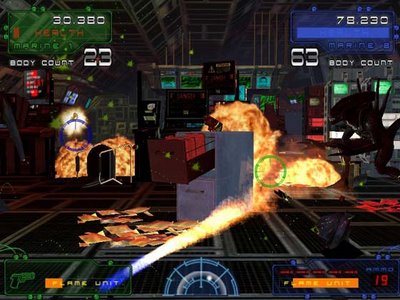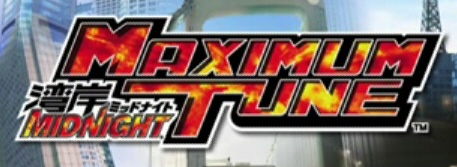| In the 1970-1990s, Beginning of Arcades By Michael Lum Known for their notoriously high difficulty settings, arcades those days usually meant furious button-mashing on the arcade pad or weaving through complex mazes. Those were also the days where graphics meant nothing. Characters and cars were essentially blobs of heavily pixelated objects lumped together in a poor attempt to resemble something meaningful. Due to technological limits, it was also that age where the video arcades experienced a boost in design, technicality and gameplay functions – qualities that kept arcade gaming alive with what seemed to be a never-ending supply of creativity and innovation. Early 1990s: “All your arcades are made of FAIL!” If the 70s-90s were the best years of arcade gaming, the early 1990s marked the end of that era. The decline began when concepts from popular games were quickly copied and reproduced, resulting in the rapid flooding of clones or variations of certain genres, a trait which plagues even the arcades of today. Technological advancement also meant that the arcades faced competition from home computers and video game consoles, which were quickly becoming cheaper and more powerful. Some consoles like the Playstation® and the Nintendo64 also boasted technology superior to that of the arcade cabinets, like true 3D graphics. The increase in arcade-to-console ports was the final blow to the arcade game industry. With games available on more than one platform, coupled with the fact that home consoles offer the attraction of unlimited credits, gamers had little incentive to return to the gaming arcades. As 33-year-old James Clifton puts it, “Losing non-stop and continuing is like throwing money away.” The arcade rises again…Somewhat Perhaps the fact that arcades are making a re-emergence should be an achievement on its own, despite limited success. And their comeback has heralded the return of the spirit of innovation, a fact that hadn’t gone unnoticed. When hypevisited a handful of arcades, the variety of games were impressive. While standing-shooters and ‘sit-down’ cabinets were still present, there was also a huge variety of UFO catchers and other kinds of machines like music-synchronising games and simulators. For 23-year-old Kash Santago, an arcade gamer for 10 years, the differences are obvious. “The games today are much better: the graphics and sound are more realistic and there’s greater variety,” he says, explaining how arcade games today are almost like playable movies. Furthermore, unlike the arcades of the past that were mostly frequented by youths, today’s arcades are attracting middle-aged and older gamers as well, an issue which James Clifton shrugged off casually, claiming that it was “to be expected”. “There’s a high interest level in these places,” he explains. “There have been surveys carried out before to see how the arcades can be more family-friendly, especially if they want to survive. And it’s seen as a place by some families for bonding time.” While hype isn’t so sure about the “bonding” part, our investigations had us acknowledge the ‘playable movies’ bit, especially after spending an hour (and almost $20 worth of credits) on the latest Initial D and Time Crisis machines under the pretext of “field investigation”. | The game has just begun By Lin Zicheng 1. 2 SPICY: Too Spicy A shoot-em-up developed by SEGA, it’s unique because of its cover system and multiplayer versus mode. In 2 SPICY: Too Spicy, the pedal allows you to move in another direction for better cover. This means that the player can choose the location of cover and offense, making the multiplayer feature much more interesting. Apart from a weak storyline, the game is pretty much similar to others of its kind. Rating: 3/5 2. Aliens: Extermination Released by Global VR, the plot is based on the popular sci-fi horror film series that sees the marines going back to the alien-infested planet to try to exterminate them again. Nonetheless, with the story based on the original series, you would expect a scarier, sinister kind of shooter game. The only saving grace of the game is probably its colourful graphics and variety of weapons like flamethrowers, force guns and grenades. Yawn. Rating: 2.5/5 3. Wangan Midnight Maximum Tune Produced by Namco, the latest installment in the arcade racing game series is based on a manga called Wangan Midnight and follows street racing on the highways of Japan. New features include new maps, an increase of limit in horsepower (from 815hp to 825hp), and more vehicles to choose from. The handling of the car is smooth because the machine actually feels comfortable. The story mode is recommended for those seeking quality graphics and a high level of interactivity – both of which is somewhat lacking in the multiplayer mode. Overall rating: 3.5/5 |



